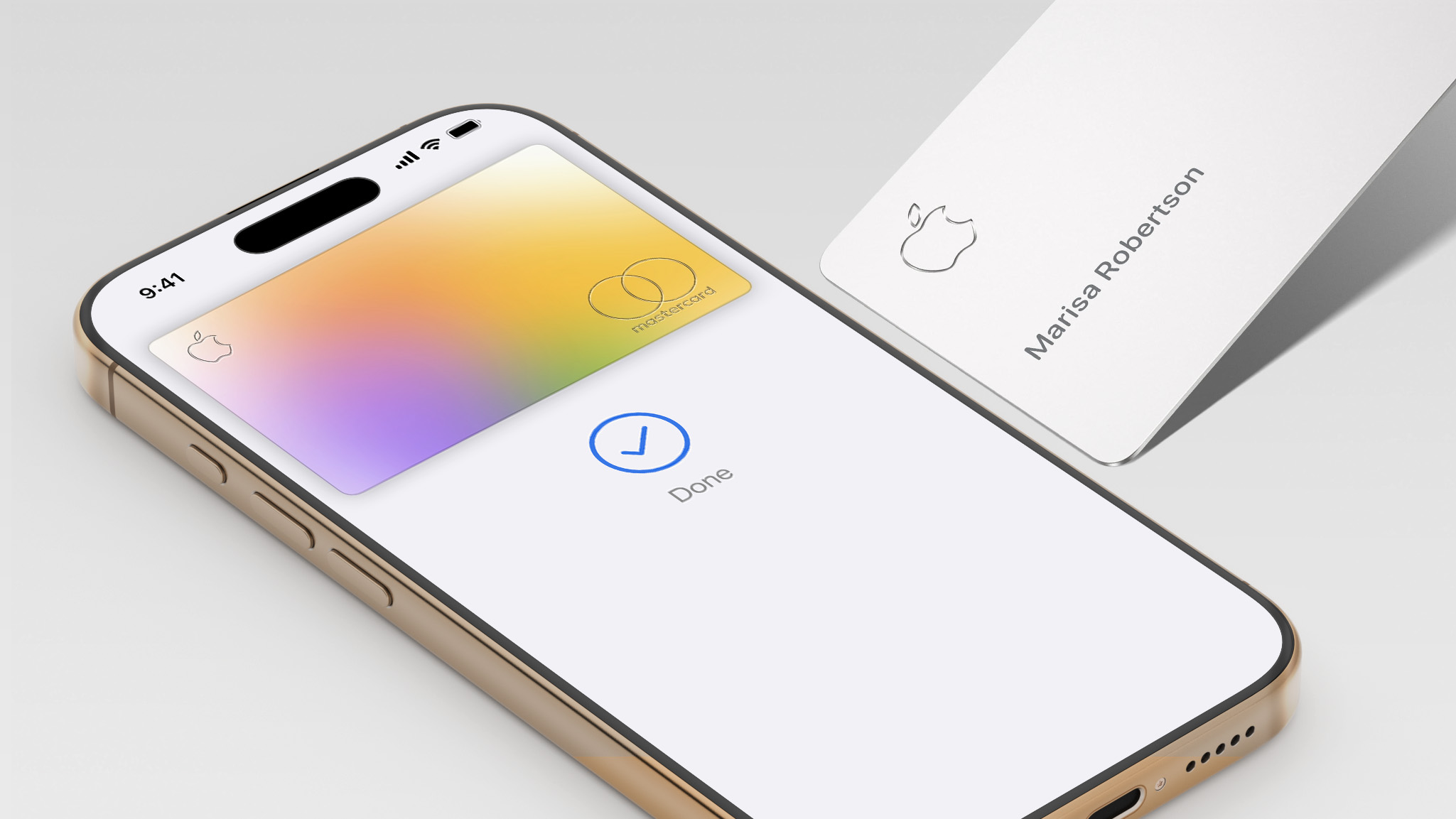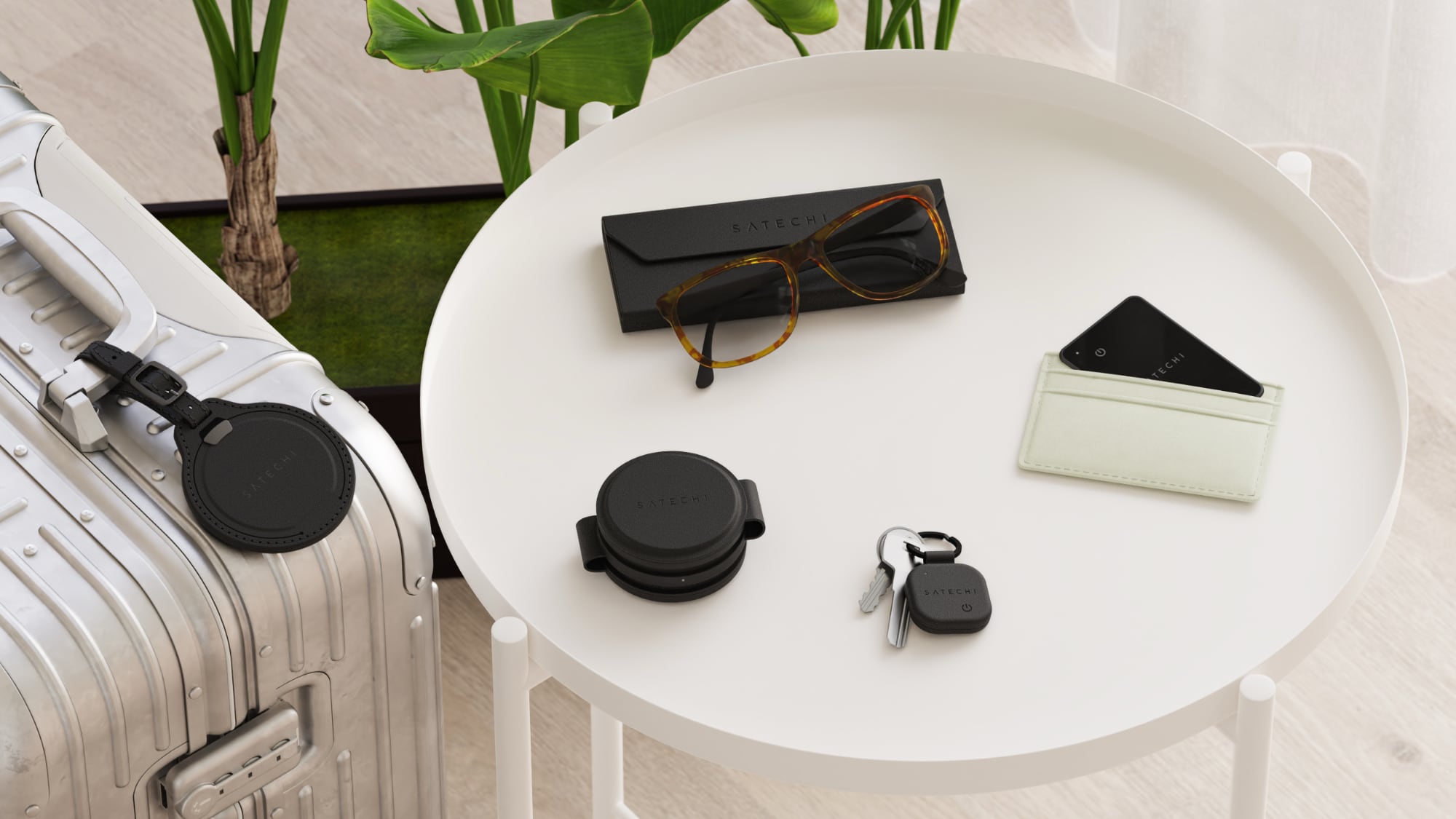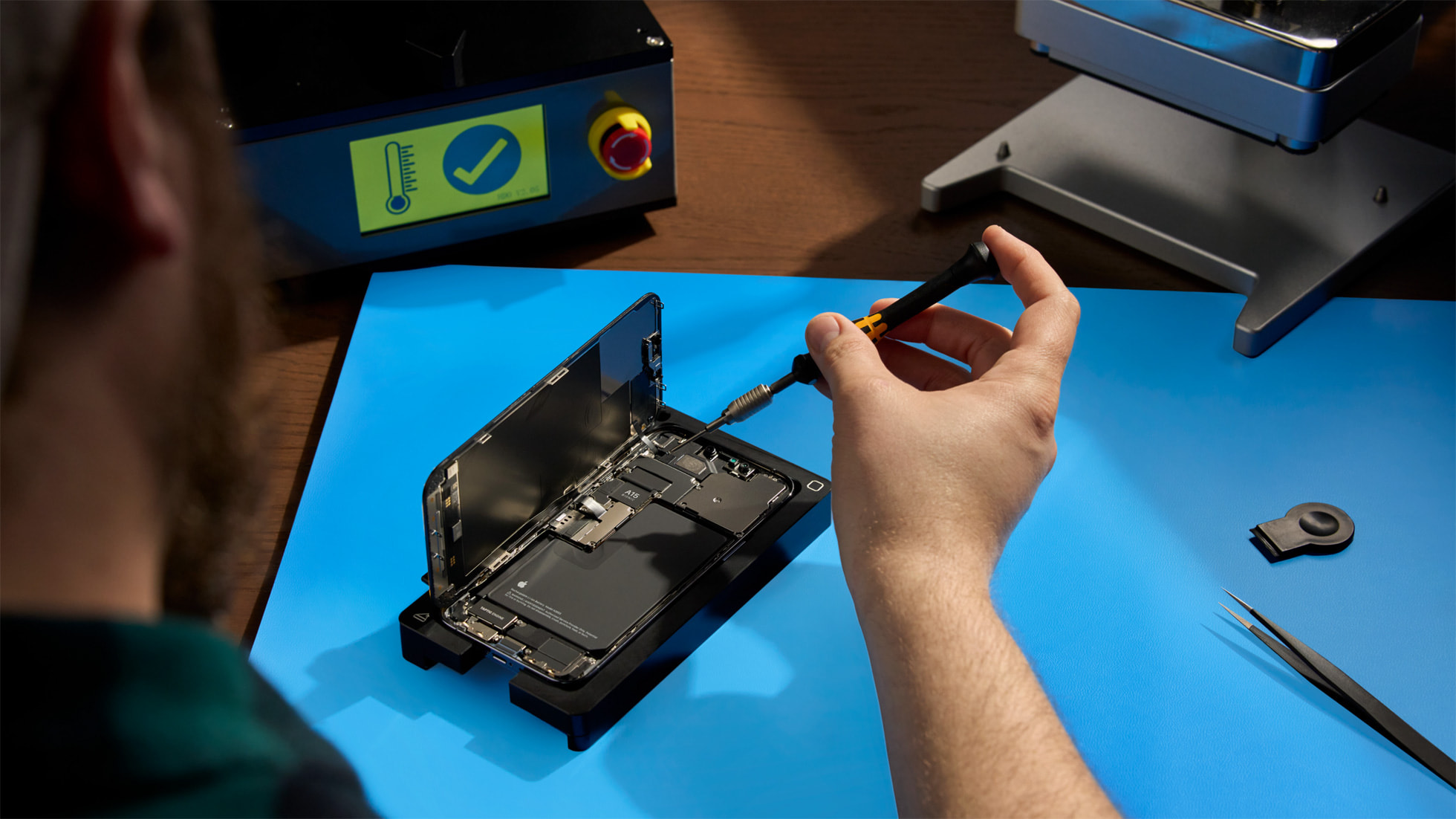Sky Glass vs Sky Stream: Which Sky IP service suits you better?

Sky will launch Sky Stream on 18 October 2022 – a way of getting the full Sky TV experience without needing a satellite dish or going whole hog on the Sky Glass all-in-one television.
In fact, it’s basically Sky Glass without the, er, glass, allowing you to get similiar internet-provided TV but on an existing set.
So which is the better option for you, and is there anything else you need to consider? Here we give you the lowdown on Sky Glass and Sky Stream to help you decide.
squirrel_widget_6134140
Hardware
Sky Glass: All-in-one 4K HDR TV, Dolby Atmos sound system, Sky over broadband serviceSky Stream: Set-top-box that connects to an existing TV over HDMI, Sky over broadband service
While they technically offer the same Sky TV experience, there’s a big difference between Sky Glass and Sky Stream when it comes to hardware. One is a set-top-box you plug into a TV and optional sound system, one is a TV and sound system.
The Sky Stream device is small and unobtrusive. It can hide away in a cabinet or sit on a stand, but doesn’t take up much room. You connect it to a TV via HDMI.
Sky Glass, on the other hand, is an all-in-one entertainment system. It includes a 4K HDR TV and Dolby Atmos surround sound system, with multiple speakers built into the outside of set.
They are similar in that all of the TV channels and programming is delivered via the internet rather than a satellite or aerial, so you do need a decent broadband connection (10Mbps for HD, 30Mbps for 4K). Both can be connected to your router via Ethernet or Wi-Fi.
The remote control for each is the same, with a built-in microphone and voice control available when you press a dedicated button. Sky Glass also has voice control built into the set itself though, whereas Sky Stream does not.
Sky Glass is available in 43-, 55-, and 65-inch screen sizes and multiple colours. Sky Stream comes in just the one small, black box.
Picture and sound
Sky Glass: 4K HDR – HDR10, HLG, Dolby Vision, Dolby Atmos soundSky Stream: 4K HDR – HDR10, HLG, Dolby Atmos support
Both Sky Stream and Sky Glass are capable of displaying video in up to 4K HDR and audio as Dolby Atmos, but the way they deliver them is different.
Sky Glass displays HDR visuals (Dolby Vision too) on its own screen, while its multi-speaker setup can play Dolby Atmos soundtracks. That includes the format’s extra height channels which beam from the top of the TV’s case.
Sky Stream, on the other hand, is capable of outputting 4K HDR and Dolby Atmos but needs to be paired with a TV and sound system that support them. You don’t need a 4K TV, say, as the box will default to the resolution and audio capabilities of your setup, but you’ll get the most from it if you do.
One thing to note is that you will require an extra subscription to Sky’s UHD & Dolby Atmos pack to receive the highest level of video and audio quality.
Experience
Sky Glass: Full Sky experience plus apps – Netflix, Amazon Prime Video, Disney+, BBC iPlayer, etcSky Stream: Full Sky experience plus apps – Netflix, Amazon Prime Video, Disney+, BBC iPlayer, etc
When it comes to the overall experience, both Sky Glass and Sky Stream offer an identical experience.
The manu system is the same, as is the method of playlisting content (rather than recording it) so the device downloads it when possible and makes it ready for you to watch at a later date.
Both have a full electronic programme guide (EPG) and access to all of the channels that come with the Sky Ultimate TV package, That includes BBC, ITV, Channel 4, and Channel 5.
You also get all of the free catch-up services plus, as part of the subcription fee, Netflix.
Other apps are available too, such as Apple TV+, Disney+, and Amazon Prime Video. And, other TV bundles that are available to add-on include Sky Sports, BT Sport, and Sky Cinema.
One big difference between Glass and Stream is that the former includes Glance. It’s essentially a screensaver which activates when a motion sensor detects that you are near.
Ease of use
No matter which of the two you opt for, both are remarkably simple to use. Both can also be set up by yourself relatively quickly.
In fact, the Sky Stream device just arrives in the mail and you simply plug it into your TV, follow the on-screen instructions and away you go.
Sky Glass might take a little longer considering there is some construction involved after unboxing but it’s not difficult. You might want to get some professional help if you look to wallmount it, however.
The remote for each device is uncomplicated and you can’t really go wrong – when you’ve learned how to use the playlist functionality, at least.
Multiscreen
Sky Glass: Up to five additional Sky Stream pucks can be added, plus up to three Sky Glass TVs
Sky Stream: Up to five additional Sky Stream devices can be added
Both Sky Glass and Sky Stream can be expanded using additional Sky Stream devices around the home. You can have up to five extra devices connected to TVs in different rooms.
They are all 4K HDR-enabled too.
You will have to pay more for the privilege, of course.
Pricing
Naturally, there is a big disaparity between the prices for Sky Stream and Sky Glass. After all, you get a whole TV and sound system with one of them.
Sky Stream
Sky Stream is available on an 18-month or 31-day rolling contract and is priced accordingly. It starts at £26 per month on an 18-month contract, with an initial setup fee of £20.
A 31-day rolling contract costs £29 per month, with the setup fee rising to £39.95. However, you can cancel at any time with this option.
Both give you the Sky Stream device, the Sky Ultimate TV package, plus Netflix Basic.
For multiroom, you have to pay an additional £12 per month for a Whole Home plan. The additional Sky Stream devices are priced accordingly.
Sky Glass
Sky Glass is a bit more complicated when it comes to pricing.
It is available on 24- and 48-month contracts, with the cost of the TV itself differing depending on the contract length and screen size.
Over 48-months, the small (43-inch) model costs £13 per month, medium (55-inch) £17 per month, and large (65-inch) £21 per month. You have to pay £10 upfront too.
Over 24-months, small is £26 per month, medium £34 per month, and large £42 per month. There’s an upfront fee of £20.
Alternatively, you can pay for the TV in full at £649, £849, or £1,049 respectively.
Whichever Sky Glass payment plan you choose, you also need to pay for Sky Ultimate TV and Netflix on top. This costs £24 per month, but you also need to be aware that advert skipping is only free for the first 12 months. It is then charged at £5 per month thereafter, although it is optional.
There’s no monthly fee for multiscreen access on Sky Glass, but you do have to pay £50 per Sky Stream puck you add.
Conclusion
To be honest, while Sky Stream and Sky Glass offer the same content, menu system and overall experience, they’re really aimed at different people.
If you already have a TV you’re happy with and don’t need to replace it, Sky Stream is a very attractive way of getting Sky without needing the fuss of a satellite installation.
However, if you are in the market for a new set, Sky Glass offers everything in the one package – including a very capable Dolby Atmos sound system.
You will need a decent broadband connection for each, of course, but we can foresee a future where this will be the de facto way of getting pay TV. And, with Stream and Glass, Sky is at the forefront.





